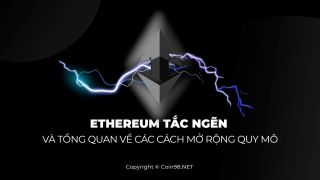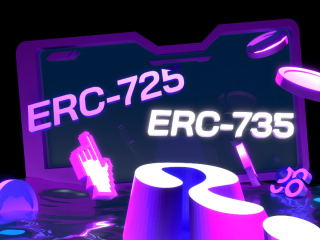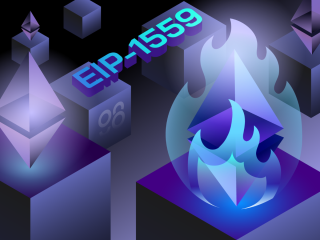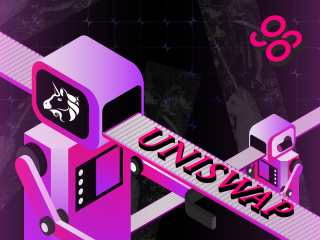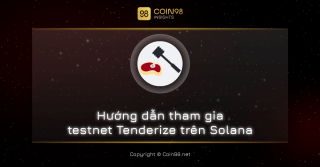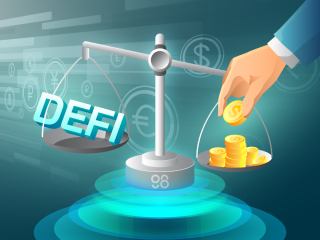以太坊擁塞和擴展方式概述(第 1 部分)
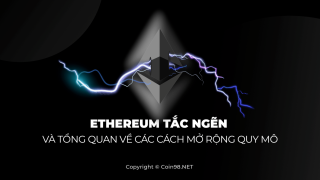
本文分享了有關以太坊擁塞主題和擴展方式的概述。
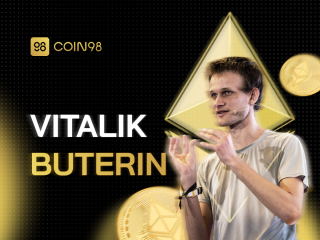
Vitalik Buterin is the creator of Ethereum, the world's second-largest blockchain platform in terms of market capitalization just after Bitcoin. As a child, Vitalik Buterin had already demonstrated his natural talent but was soon isolated by his peers. However, this was what helped him discover the negative side of centralized power, thereby creating Ethereum, one of the most influential cryptocurrency in the world.
Despite facing numerous challenges from childhood to adulthood, Vitalik never gave up and always devoted himself to his work. So how did Vitalik Buterin build his Ethereum empire? What did this math genius have to go through to get to where he is today?
Who is Vitalik Buterin?
The lonely math genius
Vitalik Buterin is a Russian-Canadian writer and programmer. Before turning 20, he gained notoriety for founding Ethereum - an open source, distributed computing platform based on blockchain technology that can execute smart contracts . At the time of writing, Ethereum has a market capitalization of more than $367 billion.
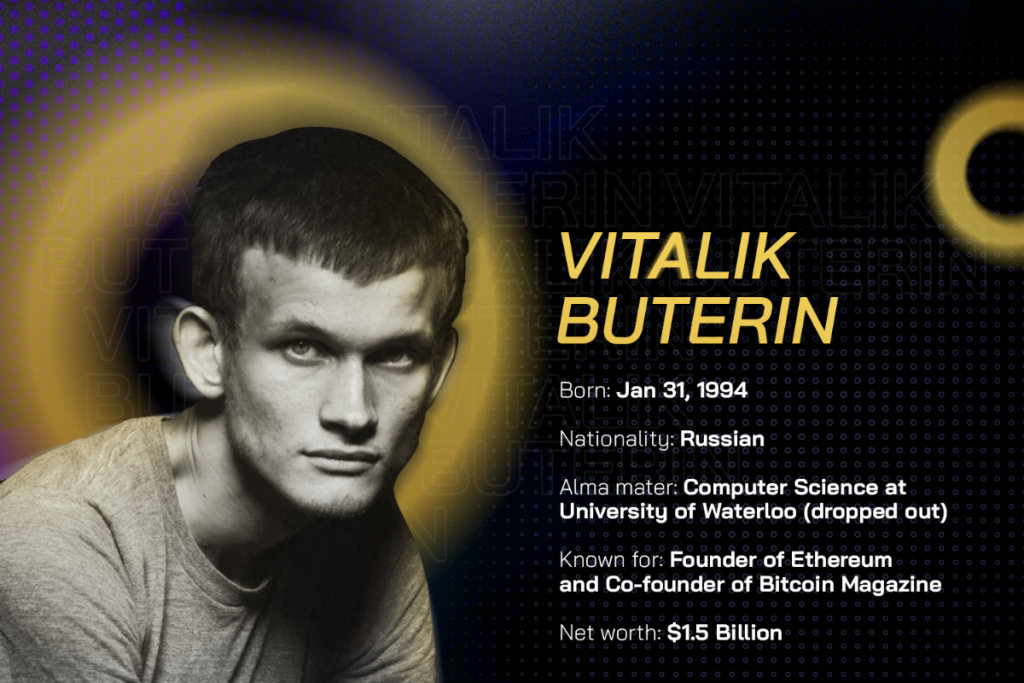
At an early age, Buterin had already revealed a natural aptitude for mathematics. When Buterin turned 4, his favorite toy was... the Microsoft Excel spreadsheet software. Buterin was then placed in a gifted class in elementary school and had since developed an aptitude for mathematics, programming, and economics. He, in particular, could mentally add three digits twice as fast as his peers.
Loneliness was never something Buterin chose, but more a way of life he learned to live with. Because of having a high IQ and natural talent for math, Buterin became eccentric and isolated from his friends. After school, when his friends hang out and have fun, they never invited Buterin. He had gone through a long time without even being aware of the existence of something called extracurricular activities.
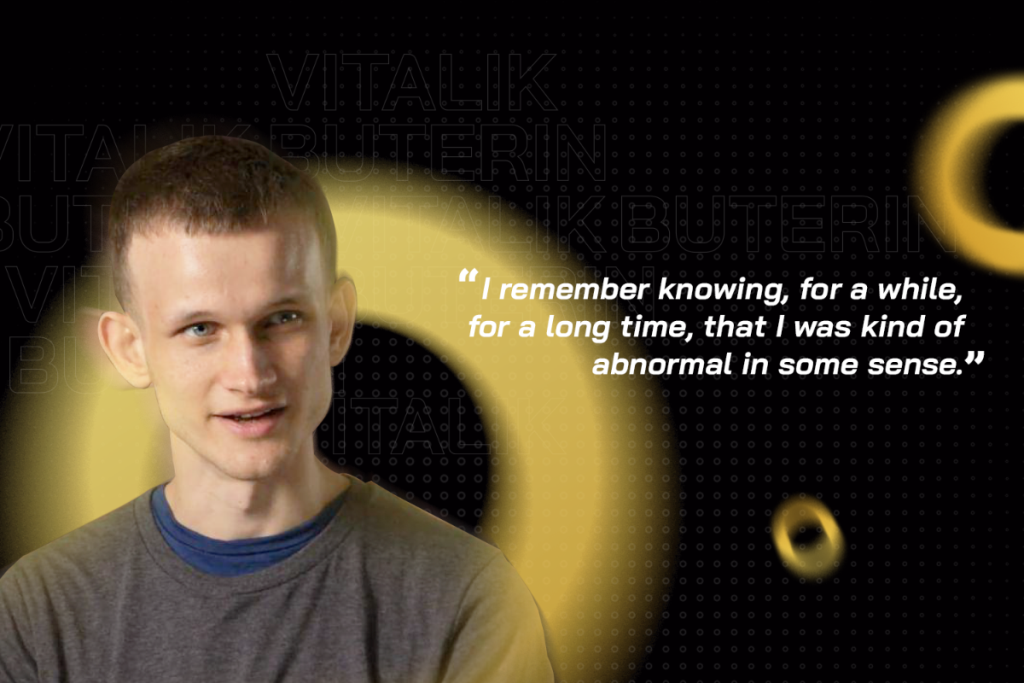
Warcraft and the "evil" face of centralized power
So, instead of having fun with his friends, he played World of Warcraft. And it was in this virtual world that Buterin realized the viciousness of centralized power. In the game Warcraft, Buterin "swept to tears" to win the spell Siphon Life for his witch character. However, the company excluded this spell in a game update. That night, Buterin remained awake and cried through the night.
Buterin's worldview is very similar to early Bitcoin adopters. Buterin believed that some people are holding too much power, and in order for the society to be balanced, power needs to be divided equally among the weak. These are the foundations that led to the creation of the Ethereum decentralized platform.
From Bitcoin to Ethereum
The high school student who wrote articles for Bitcoin (2011-2012)
At the age of 17, while searching for a direction of life, Buterin learned about Bitcoin through his father - a computer scientist. Bitcoin was only 2 years old at the time.
Initially, Buterin was skeptical of Bitcoin's value as it is unsupported by any side. (For example, when the government prints money, it requires an equal amount of gold to protect the value of the money). But the more he learned, the more enthralled he became. He wanted to officially participate in this new economy. Regrettably, Buterin did not have a powerful enough computer to mine Bitcoin, nor did he have the funds to purchase one. He decided to look for a Bitcoin-related job, and was fortunate to become a writer for Bitcoin Weekly with a salary of 5 BTC per article (equivalent to 3.5 USD at that time).
Buterin's articles caught the attention of Mihai Alisie - a Bitcoin enthusiast in Romania. He invited Buterin to co-found Bitcoin Magazine in 2011, and became the magazine's main writer.
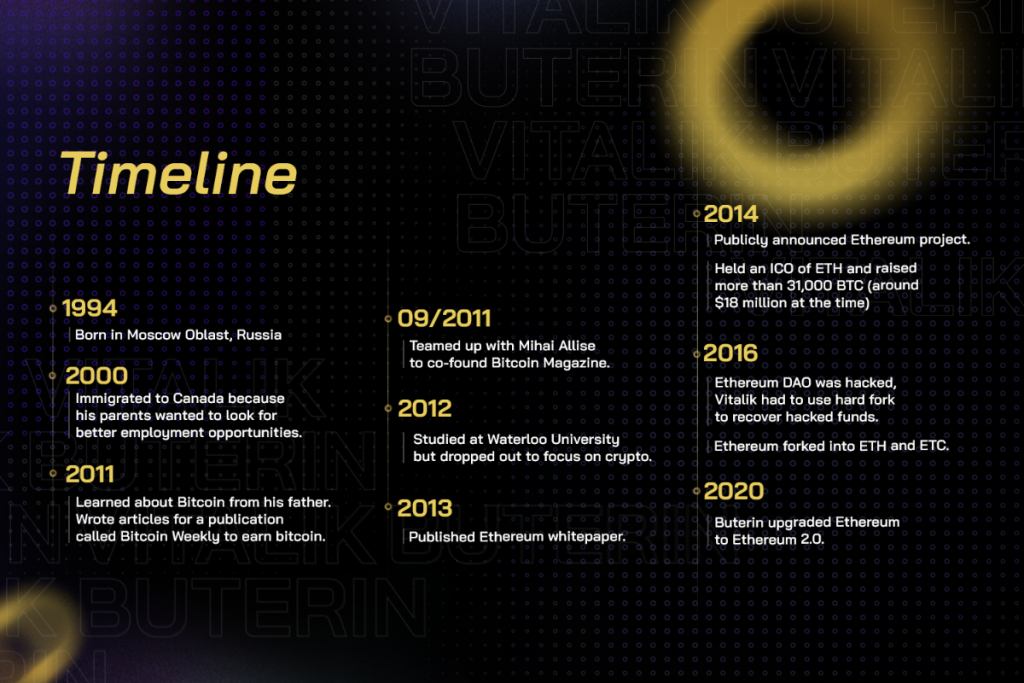
While working here, Buterin approached Jed McCaled (Ripple Co-Founder) and got accepted to work at Ripple. However, the wish was unfulfilled when Ripple could not support Buterin's legal documents.
Buterin accomplished all of this when he was just a high school student.
Dropped out of college to go all-in to cryptocurrency (2012 - 5/2013)
In 2012, Buterin graduated from high school and started studying at the University of Waterloo, majoring in computer science. Here, he worked as a research assistant for the cryptographer Ian Goldberg, former Chairman of the Tor Project's Board of Directors (a non-profit Digital Privacy Organization).
In May 2013, as a Bitcoin Magazine writer, Buterin flew to California to attend a conference in San Jose and met Bitcoiners from around the world. For the first time, Buterin witnessed how the crypto community is thriving and growing in the midst of this new economy: Investors from the dotcom era compared cryptocurrency to the dawn of the Internet, exhibit hardware wallets, Bitcoin trading platforms, Bitcoin ATMs...
Travel around the world to find a new path for crypto (5 - 10/2013)
Buterin started traveling around the world and learning about cryptocurrency projects in various countries. He noticed that all of these projects were attempting to build layers on top of Bitcoin. It appears logical at first, but it causes serious security issues as Bitcoin's construction language is designed to limit transaction complexity.
Buterin discovered that by using the Turing programming language and creating a new version of Bitcoin, he could provide historically unprecedented digital services such as reinventing Facebook, aggregating the stock market, establishing decentralized autonomous organizations... Because nobody wanted to work with Buterin, he decided to build the project on his own.
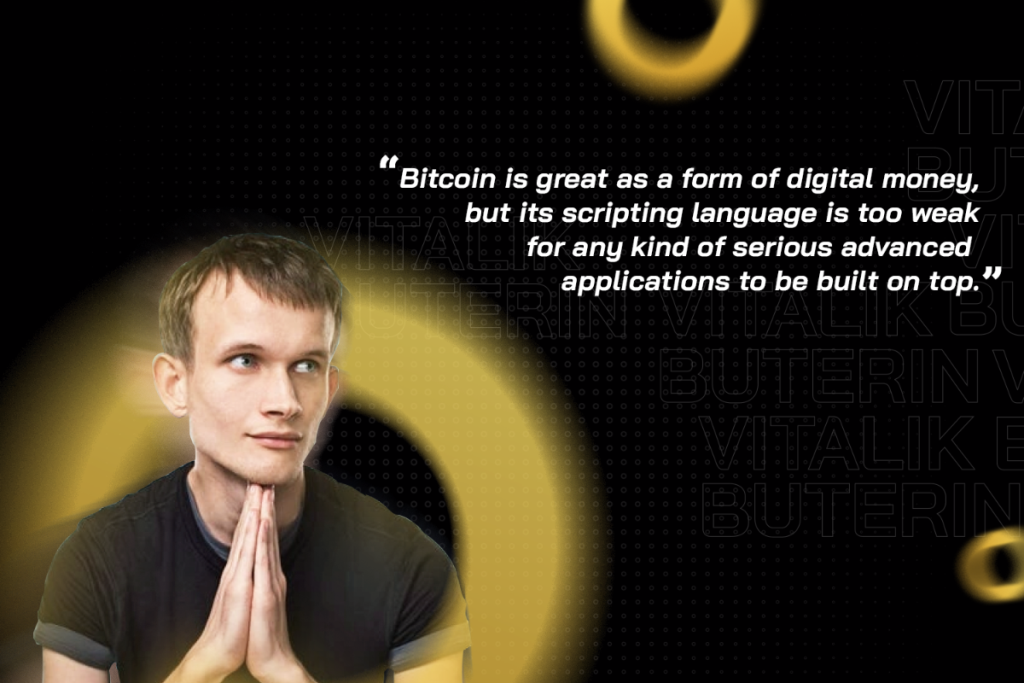
Ethereum - The Great Successor of Bitcoin (11/2013 - 2015)
In November 2013, a month after returning home, Buterin perfected his idea with the Ethereum whitepaper. He sent it to his friends and waited for feedback.
About 30 people contacted Buterin to discuss this opportunity. On January 26, 2014, Buterin announced Ethereum at the North American Bitcoin Conference in Miami. He describes it as a global computer operating on a decentralized network that could be used for insurance, decentralized exchanges, DAOs... As he stepped off the podium, Buterin was applauded by a group of people - those who believed Ethereum would be the great successor of Bitcoin.
Gavin Wood, Ethereum's co-founder, later published a yellow paper describing how the Ethereum Virtual Machine (EVM) works. This is Ethereum's main technology, which allows the programming language to reach its full potential.
A few months after the conference, Ethereum successfully raised 31,000 BTC through an ICO for Ether, the network's native token (equivalent to 18 million USD at that time). The Ethereum Foundation, a non-profit organization based in Switzerland, was formed to oversee the development of Ethereum's open source software.
In 2015, the development team continued to release Frontier, the first fully functional version of Ethereum. The platform's rapid success has piqued the interest of tech behemoths such as IBM and Microsoft.
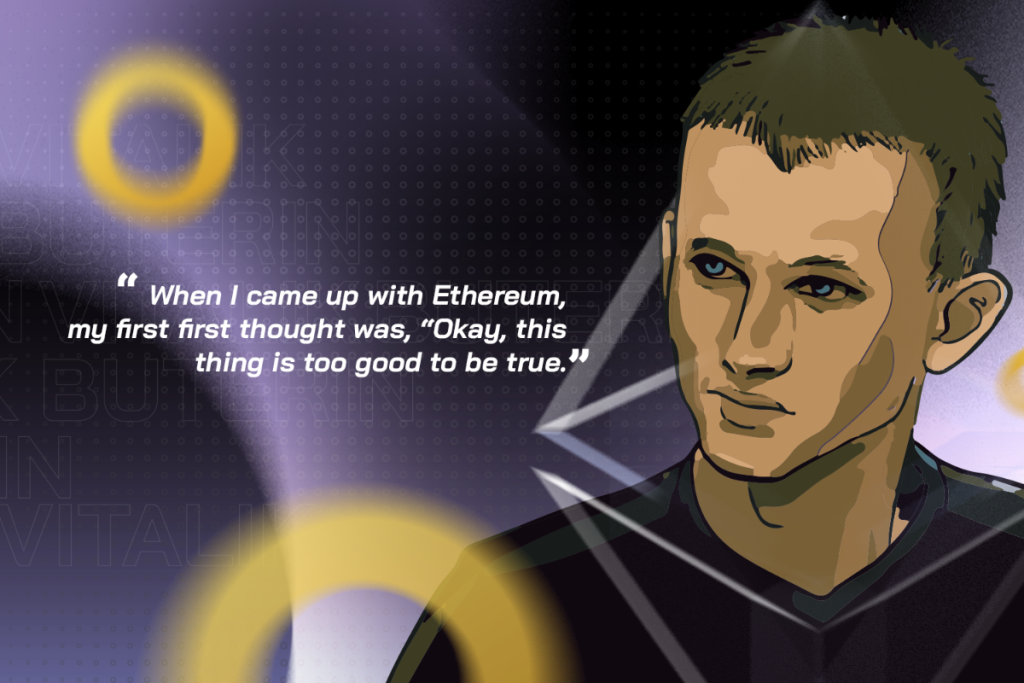
Buterin's reputation also grew with the development of Ethereum. In 2017, he was in the top 10 rankings of "40 most influential young people under 40" by Forbes magazine, as well as among the “600 brightest people under 30”. But then there were the rumors - school history was repeating itself for Buterin.
Some said he had autism, that his entire life fits in a suitcase, and he once swallowed a whole lemon without removing the peel. Even those who worked closely with Buterin described him as an enigmatic and incomprehensible figure.
Historical Incident: The Ethereum DAO was hacked for 150 million USD
Ethereum enables users to create decentralized applications (DApps) and autonomous organizations (DAOs). In 2016, an unprecedented incident occurred: Ethereum's DAO was hacked due to an error in the codebase after raising over $150 million in ETH from over 11,000 members. However, the hacker could not immediately "disperse" this money because the DAO smart contract required the money to be locked in the wallet for 28 days.
Confronted with this situation, Buterin at first planned to use a soft fork (upgrade the software while retaining the original blockchain) with a snippet of code, blacklist the hacker and prevent the stolen funds from being transferred. However, the hacker claimed that his money was obtained legally because he knew how to exploit a technical flaw in the DAO, anyone tried to recover the Ether would face legal consequences.
The Ethereum team then decided to use a hard fork (a software upgrade that allows the old and new blockchains to coexist) to recover the stolen funds. This caused the Ethereum network to split into two separate blockchains: Ethereum/ETH (new blockchain) and Ethereum Classic/ETC (original blockchain). The decision sparked outrage because blockchain was intended to be immutable and resistant to censorship. The scenario raised technical difficulties as well as questions about the foundations technology's ethical and philosophical - and the Ethereum project team's resilience.
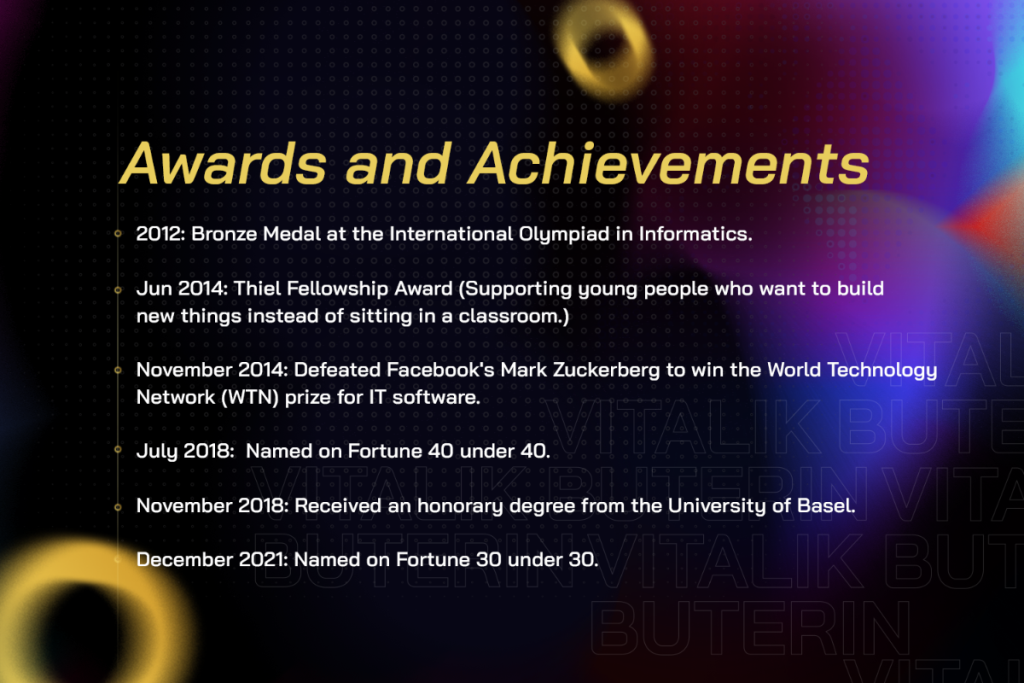
The Chinese "V God"
2017 was a successful year for Ethereum when the price of one ETH increased from 40 to 826 USD. Currently ETH still holds the "runner-up" position on the market capitalization rankings with the price of 2,800 USD/ETH. However, it had a rough start.
In 2015, after the launch of Ethereum, Buterin's wallet was running low. It was then that he met Feng Xiao, the CEO of Wanxiang Blockchain and a big influencer in both the investment and political world. Seeing the potential of Ethereum, he agreed to purchase 500,000 USD in ETH and helped to save Ethereum from "premature death".
Buterin started to have enough money to pay for developers, which helped the platform grow significantly. In addition, Xiao introduced Buterin to his extensive investment network, establishing the world's first Ethereum community.
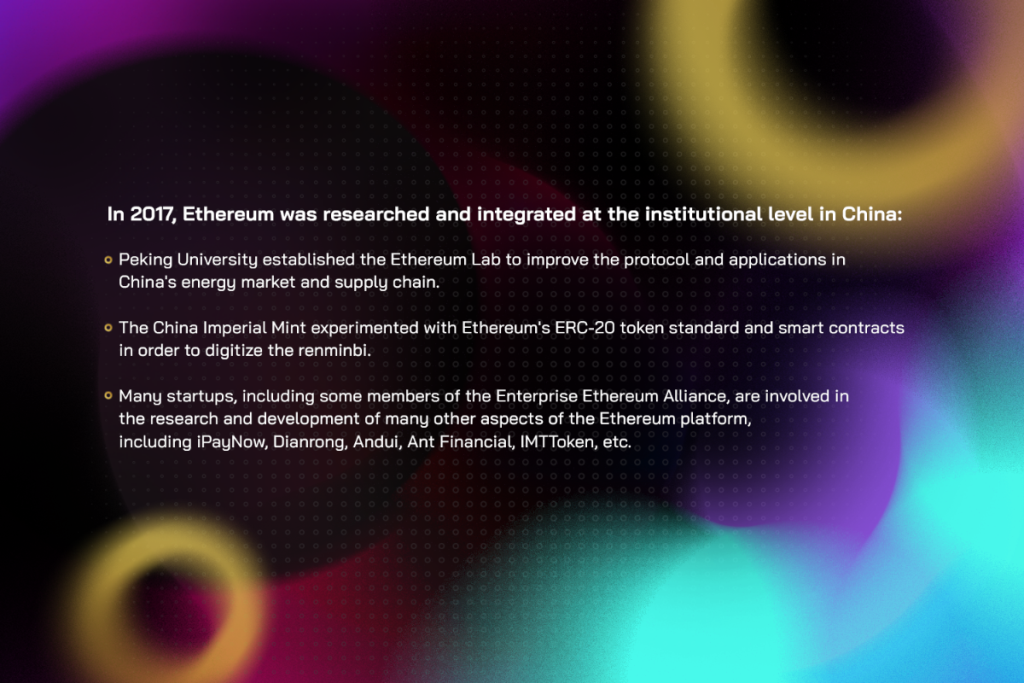
Buterin is also an advisor to the China Ledger Alliance, and a General Partner at Fenbushi Venture Capital. All these contributions made him famous and dubbed a “God” in China.
The Great Child of Russia
As a Russian native, Buterin made countless contributions to his homeland and is loved by the people here. In August 2017, more than 5,000 people gathered at Moscow's Skolkovo Innovation Center to hear Buterin speak. Here, he claimed that Russia, along with the United Kingdom and Singapore, is one of the top three countries for Blockchain technology research and development. Furthermore, Moscow is home to one of the Ethereum network's largest node clusters.
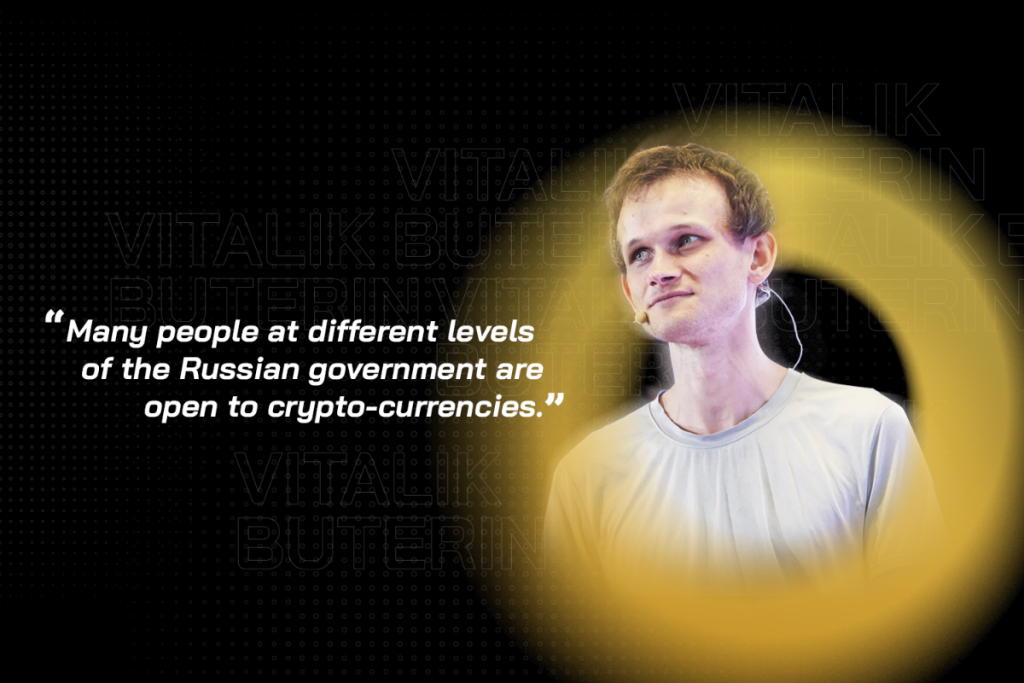
Due to Ethereum's worldwide influence, Buterin had the opportunity to meet many leaders from other countries, including the United Kingdom, Estonia, Singapore, and Thailand. However, after speaking with the world leaders, Buterin believed they are nothing more exceptional than ordinary people:
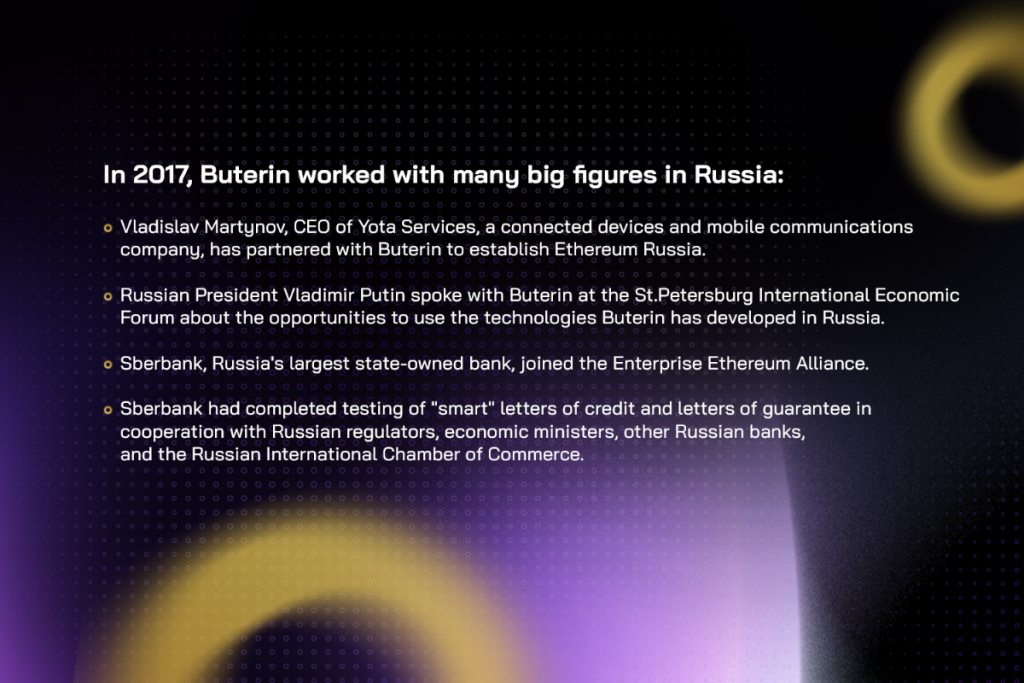
Vitalik Buterin and Ethereum 2.0
Ethereum is being upgraded to Ethereum 2.0 (also known as Eth2/ Serenity) by switching from Proof Of Work to Proof Of Stake. This upgrade will allow Ethereum to better meet the needs of its users by executing fast, efficient, and scalable transactions. Furthermore, Proof Of Stake consumes 99.95% less energy than Proof Of Work.
The Ethereum network upgrade is comprised of three distinct releases, each occurring at a different time:
Nonetheless, the Ethereum upgrade is constantly being postponed. One of the main reasons why Ethereum upgrades take longer than expected, according to Buterin, is that the project team frequently clashes:
However, Ethereum is gradually approaching the 2.0 level. With Ethereum, Buterin not only wrote his own future, but also invented a platform which allows millions of people to build, grow, and achieve their dreams - people that he has never met.
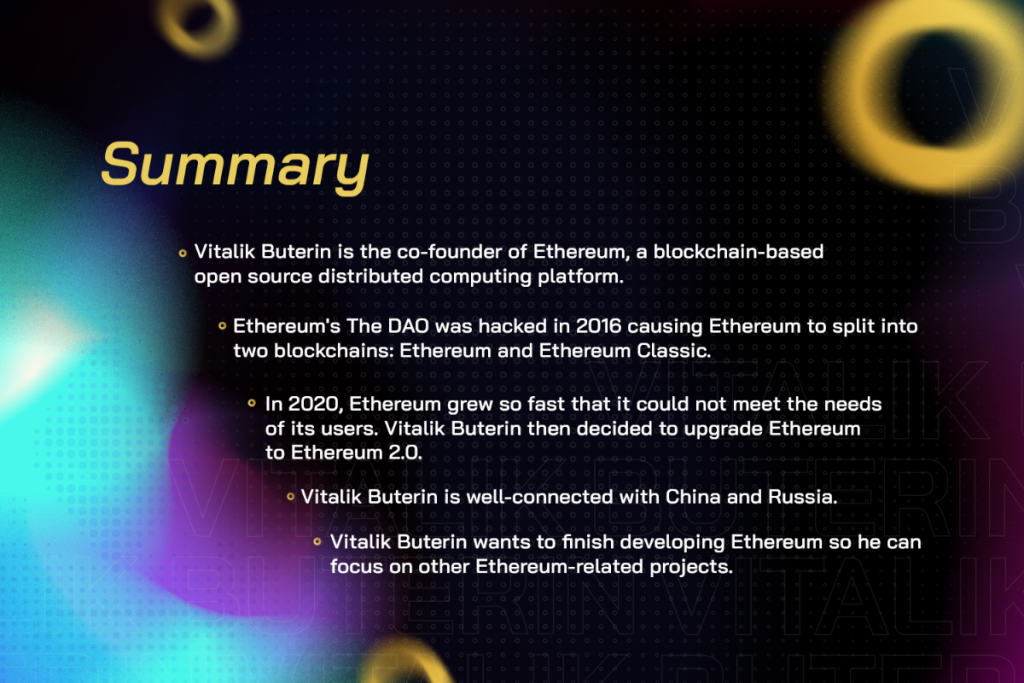
本文分享了有關以太坊擁塞主題和擴展方式的概述。
第 2 部分將概述解決以太坊擁塞的 2 種方法:新基礎設施和第 2 層。
什麼是 ERC20?如何發行 ERC20 代幣?讓我們在本文中談談ERC20及其標準規則。
本文將全面概述身份、ERC725 和 ERC 735 是什麼,以及該主題的一些突出用例!
什麼是 EIP-1559,它的優缺點?我們將了解以太坊的收費模式及其對客戶端應用程序的影響。
Mina 和 Polygon 將共同開發提高可擴展性、增強驗證和隱私的產品。
分析和評估 Uniswap V2 的運營模式,這是任何 AMM 的最基本模型。
Remitano 交易所是第一個允許以越南盾買賣加密貨幣的交易所。在這裡註冊 Remitano 並詳細買賣比特幣的說明!
本文將為您提供使用 Tenderize 測試網的最完整、最詳細的說明。
本文將為您提供最完整、最詳細的使用 Mango Markets 的指南,以在 Solana 上體驗這個新項目的全部功能。
在解鎖系列的第一集中,我們將使用安全設置為您的錢包添加額外的安全層。
農業是用戶在 DeFi 中輕鬆賺取加密貨幣的好機會。但是,什麼是種植加密貨幣並安全加入 DeFi 的正確方法呢?
文章翻譯了作者@jdorman81對Defi中估值問題的看法,以及譯者的一些個人觀點。
Saddle Finance 是一種 AMM,它允許交易並為 tBTC、WBTC、sBTC 和 renBTC 提供流動性。馬鞍地板用戶手冊。
為什麼你現在應該開始關注比特幣(BTC)?當比特幣(BTC)超過 5 億越南盾 / BTC 的峰值時要準備什麼?
